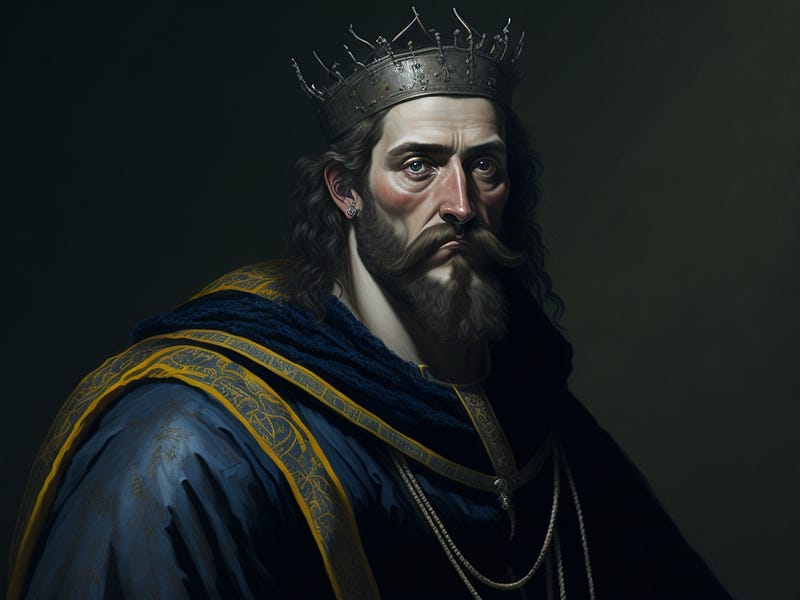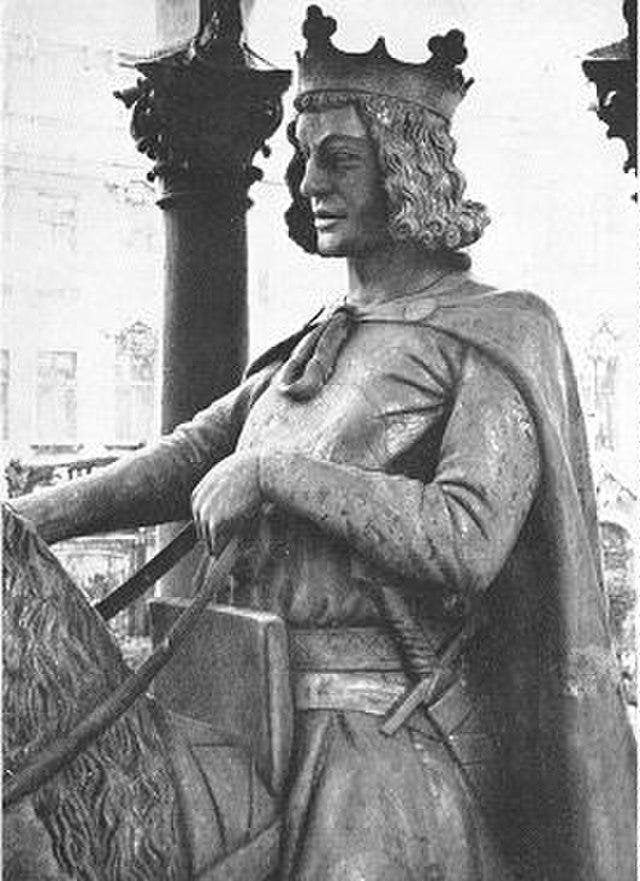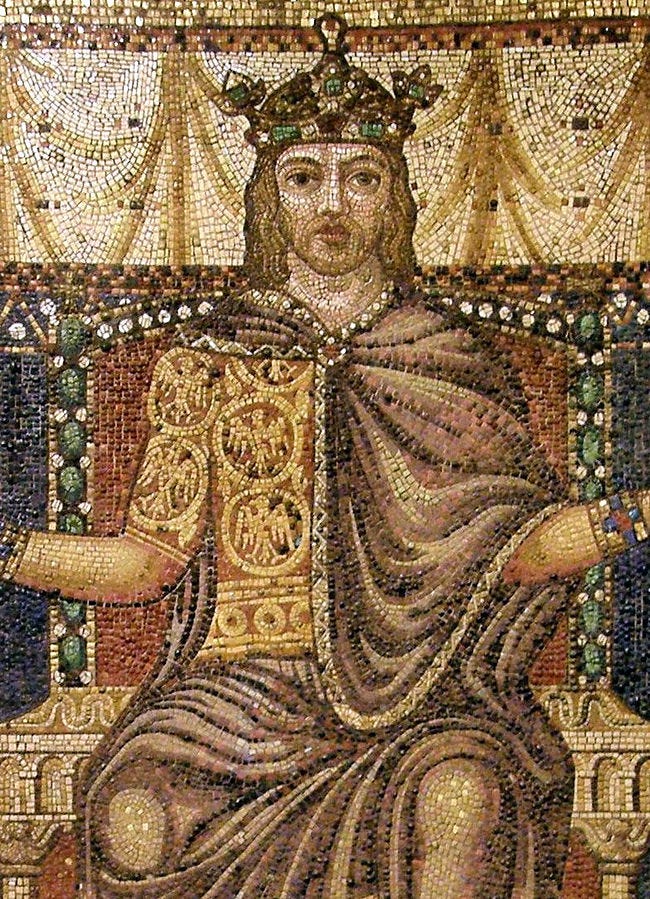Discovery of the Final Resting Place of Otto I the Great
Written on
Chapter 1: The Quest for Otto I's Burial Site
Recent investigations by German archaeologists suggest they may have located the final resting place of Emperor Otto I the Great. Known for being the Duke of Saxony, the German King, and the first Emperor of the Holy Roman Empire, Otto I's burial site has long been a subject of interest.

How often does the thought of the Roman Empire cross your mind? Interestingly, it seems to be a frequent topic. However, the same cannot be said for the Holy Roman Empire, a term that can perplex those unfamiliar with it. Despite its name implying a link to Rome, it actually came into existence several centuries after the Western Roman Empire's decline. Recently, this subject has garnered significant attention in the scientific community due to a groundbreaking find by German archaeologists.
Section 1.1: Excavations in Memleben
Archaeologists from the National Office for the Preservation of Monuments in Saxony-Anhalt have been conducting excavations in Memleben since 2017. This medieval settlement, part of the town of Kaiserpfalz, is historically recognized as the location where both Henry I and his son, Otto I, met their end. Despite this knowledge, the precise location of Otto I’s burial had remained elusive—until now. Researchers believe they have uncovered the first credible evidence pointing to the resting place of this pivotal figure in German history.

The focus of the archaeological work has primarily been on the former Benedictine monastery, founded in 973 by Otto II to honor his father. This monastery held significant importance in Germany for a time, strategically built at the site where Otto I was originally interred. Excavation efforts have concentrated on three areas adjacent to this monastery, including a cemetery and cloister areas.
However, the history of this site has been tumultuous. The monastery was destroyed during the German Peasants’ War in 1525, and by 1548, after the Reformation, it was dissolved. Currently, only remnants of this historic site remain.
Section 1.2: New Findings at the Site
In a remarkable development in 2022, archaeologists uncovered the foundations of a previously unknown stone structure predating the Benedictine monastery. Situated near the church dedicated to Otto I, architectural assessments indicate that this building dates back to the era of Otto and his father, Henry I. Researchers speculate that this may have been the original location for Otto's relics and entrails.
Despite the discovery, questions linger. Some researchers reference a 16th-century text that mentions the reburial of Otto I's heart at the Memleben monastery, while others rely on early chronicles noting that his entrails were buried in a nearby church on the night of his death. This new evidence raises doubts about the earlier theories.
The Secrets Within the Casket of the Emperor Henry VII at Pisa - YouTube
This year's excavations have yielded significant insights, particularly the identification of a high-quality stone structure that could represent the authentic site pivotal to the emergence of the Holy Roman Empire, according to the Saxony archaeologists.
Chapter 2: Otto I the Great's Legacy

Who was Otto I the Great?
Otto I served as the Duke of Saxony from 936 to 951 and became the first Emperor of the Holy Roman Empire in 962, holding the title until his death in 973. He is renowned for his defense of Christianity, particularly his victory over the Magyars at the Battle of Lechfeld in 955, which solidified his rule and earned him a saint-like status during his lifetime. On February 2, 962, he was crowned as the Roman Emperor by Pope John XII in Rome.
The Roman Emperor buried under St Peter's Basilica - YouTube
As we continue to uncover the mysteries surrounding Otto I, the implications of these findings stretch far beyond mere historical interest, contributing significantly to our understanding of early medieval Europe.
Attention all readers!
As content creators on Medium.com, we face minimal compensation for our hard work. If you find value in my articles, please consider supporting me on my “Buy Me a Coffee” page. Your small contributions can make a big difference in fueling my passion for creating quality content. Thank you for your support!
